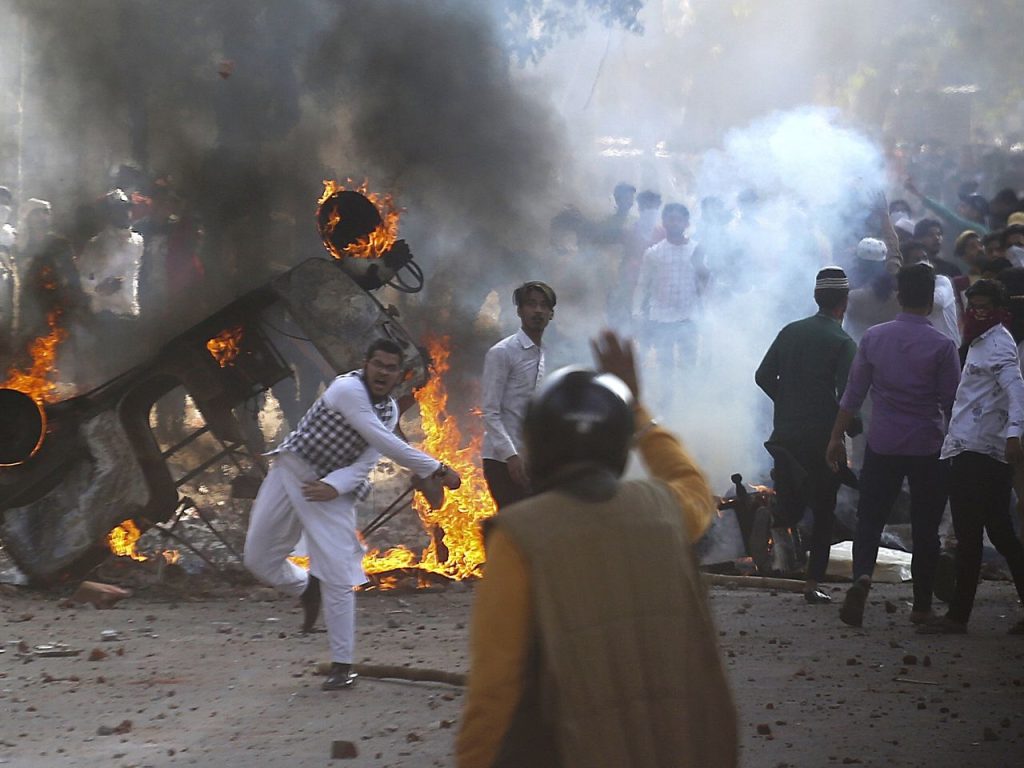The topic of whether religious processions should be permitted on public highways arises as a profound dilemma in the throbbing tapestry of Indian society. This is a question that goes beyond simple law and explores the core of social cohesion and democratic ideals. However, the conversation around this problem is frequently laced with communal narratives and political overtones.
The basic idea that roadways are public areas designed to handle a variety of social activities and improve traffic flow is questioned. But this idealised image is far different from reality. Instead of being democratic channels, roads are frequently used as arenas for power struggles and class conflicts.
Think about how difficult it is for the average person to get around an urban maze. The disappearance of pavements makes people vulnerable to the tumultuous flow of cars. With no designated bike lane, bikers are marginalised on Delhi’s busy streets. This separation is made worse by the ‘car-wallahs’ dominance, which pushes alternative forms of mobility to the outskirts.
However, the story about how people use the roads changes drastically when it comes to religious events. Although political rallies and road shows gain popularity, the offering of namaz sparks controversy. The unequal treatment prompts important inquiries concerning the confluence of politics and religion in the public square.
The complexities of India’s religious landscape are frequently overlooked in attempts to restrict religious processions on highways. Beyond just being religious rituals, the Kanwar Yatra, Ganpati Puja, and Durga Puja are integral parts of the cultural fabric. In addition to being unfeasible, trying to outlaw these kinds of gatherings altogether runs the risk of escalating tensions within the community.
Additionally, the demonization of namaz provided on highways highlights a more serious problem: the marginalisation of religious minorities. Under the pretence of traffic management, the demonization of Muslim customs is a reflection of a systematic bias that permeates society. Such activities increase societal fractures rather than addressing the underlying reasons for communal discontent.
This prejudice is best exemplified by the recent incident in which a Delhi police officer kicked worshippers during namaz. It is not just one violent incident; rather, it is a symptom of the widespread Islamophobia that afflicts Indian society. The roadside namaz denunciation serves as a handy cover for the ongoing prejudice against the Muslim population.
Fundamentally, the controversy surrounding religious processions on public highways serves as a symbol of broader social unrest. It is a theatre of conflict where the secularism and inclusivity established in the Indian Constitution are overshadowed by sectarian narratives. Such conflict does not promote unity; on the contrary, it rather serves to exacerbate communalism’s fault lines.
It will be crucial going forward to promote an environment of respect and understanding. We have to make an effort to accept diversity and coexistence rather than give in to hateful discourse. Improving the infrastructure and traffic control system can lessen the disturbances brought about by religious gatherings without violating anyone’s rights.
In the end, the journey ahead calls for a determined effort to free oneself from the constraints of communalism and accept the eclectic culture that characterises India. We cannot negotiate the complex fabric of our country’s cultural mosaic and create a society where all communities live in harmony unless we engage in sincere discussion and empathy.
